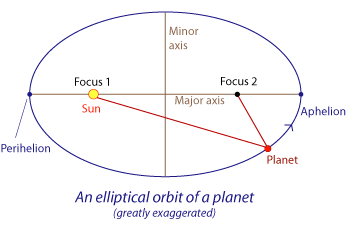1. What is continuity? What is discontinuity?
-Continuity has four different meanings. One of those meanings is that it is a predictable function which means it goes where it should go. Another thing is that it is a function that has no breaks, no jumps, or no holes in it, it must be continuous. The third thing is that we must be able to draw it without lifting our pencial. Lastly, continuity means that the value and limit are the same.
Discontinuity on the other hand is different. This means that the graph is not continuous due to the different types of discontinuities. (In order from left to right) Point, Jump, oscillating, and infinite discontinuity.
The first one on this picture is called Point discontinuity which is a removable discontinuiy. This one is also known as a hole in the function. The second on in the picture is called jump discontinuity. This means that there is different left and right numbers. The third one is called infinite disconinity which means there is a vertical asymptote in the graph which causes unbounded behavior. The last one in the picture is called oscillating behavior which is just a wiggly graph which menas there is not one single set point.
2. What is a limit? When does a limit exisit? When does a limit not exsist? What is the difference between a limit and a value?
- A Limit is the intended height of a function. The limit exisit when there is a continuous function. That means at all the discontunitues it only exisits at the removable one which is the point disconintuites. The limit of a function does not exisit when it is a nonremovable discontinuty due to the fact that there is different left and rights, unbounded behavior, or oscillating behavior. The difference between the limit and the value is that the limit is the intended height of the function where as the value is the actual height of the function. They do not always have to be the same but they can.
3. How do we evaluate limits numerically, graphically, amd algebracially?
- We evaluate limits numerically by setting up a table with the correct numbers. We plug in the function in our calculator and we just use the trace buttom to find the missing values. While doing so, we can see that the numbers are approaching closer and closer to some number but sometimes it can not be reaches. We write it out as " The limit as x approaches 'a number' of f(x) is equal to L'".
We evaluate limits graphically by getting two fingers or pencials and we put one of the left side of the function and one on the right, and then we just see if our fingers meet. If they met, then that means the limit exisits. If they did not meet, we must explain why and give a reason behind that. The reason must come from the disconintiuities.
We evaluate limits algebracially with three different ways. The first way we always try is direct substitution. This means we basically just plug the number into x and see what we get. If we get a numerical answer, we are done. If we get 0/# it is zero and we are done. If we get #/0 it is undefined and we are done. But if we get 0/0 this is indeterminate form which means we must try another way. The next way we must try is the dividing out/ factoring method. This means we factor both the numerator and denominator and cancel terms to remove the zero in the denominator. After that we use direct substitution. If we cannot see anything that might factor out, we must use the last way which is rationalizing/ conjugate method. If it is a fraction we multiply the top and bottom by a conjugate and it should help us out. After that we are able to use direct substitution.






























